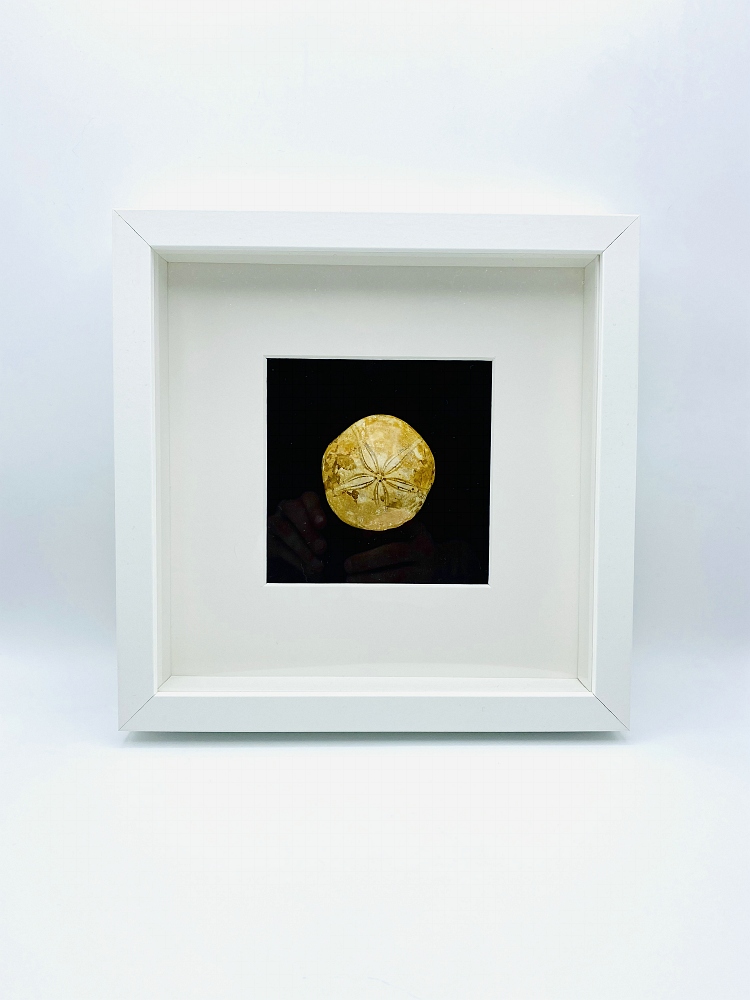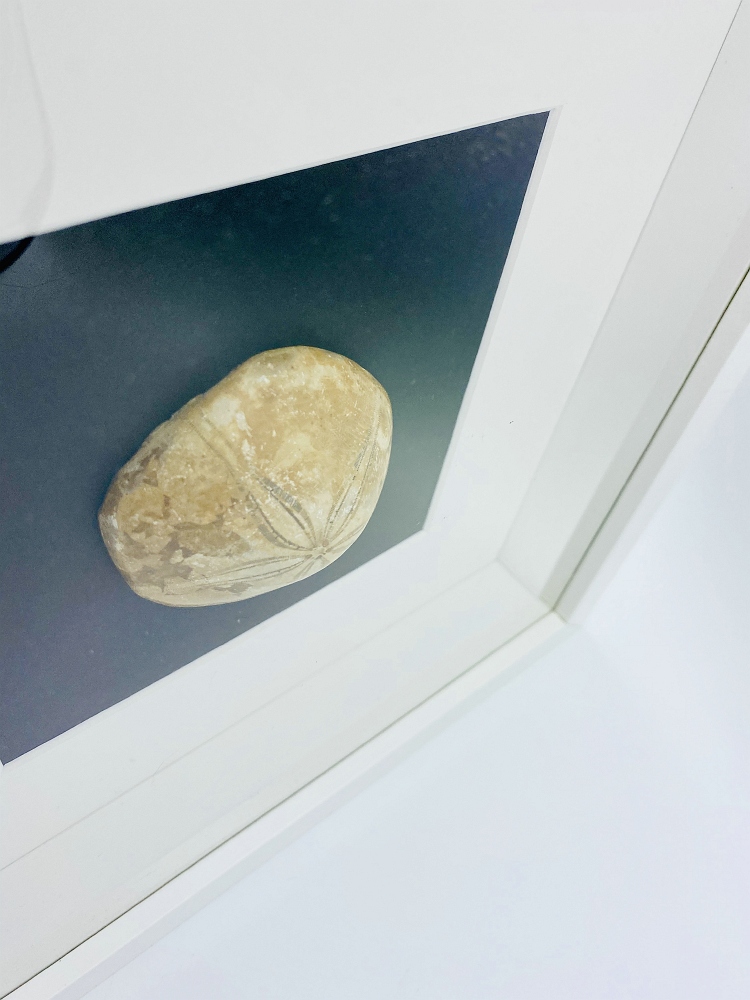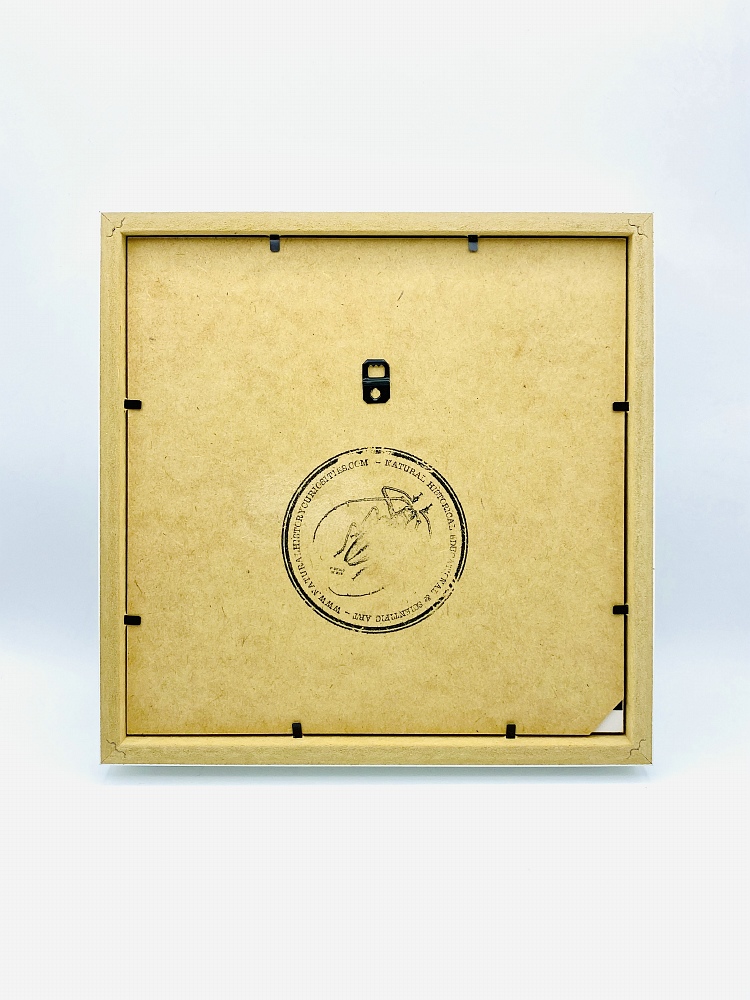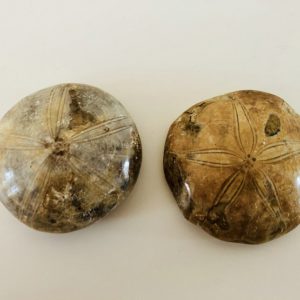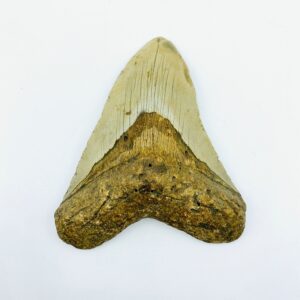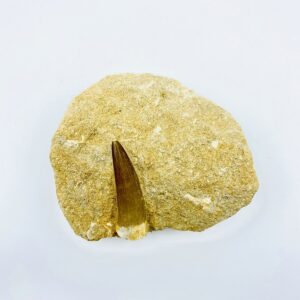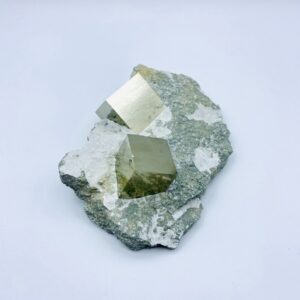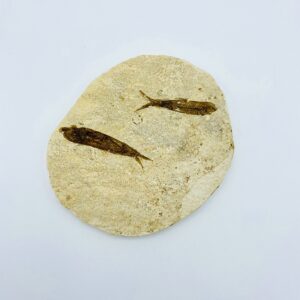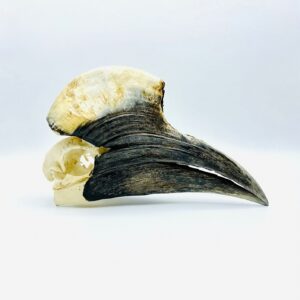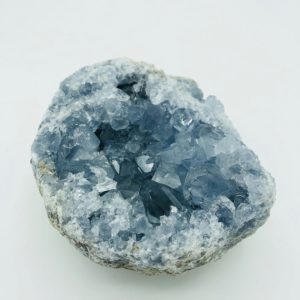Description
A sand dollar is a highly flattened form of urchin of the order Clypeasteroida. As an echinoderm, they have a pentameral symmetry to their body organization, a water vascular system, and an endoskeleton made of calcite plates. They live in shallow marine environments just below the low tide line, buried in the sand or mud. They range up to about 4 inches (10cm) in diameter and most are about a third (7mm) to half (12mm) an inch thick but some are over an inch thick. The are basically circular in shape, with some having flattened or indented sides. Living, they are covered with velvety looking spines that they use to move. The most diagnostic indicator of fossil sand dollars is the five ovate form on the top side of the skeleton. These are part of the respiratory system and leave an easily identified “flower” on the skeleton. They are active predators, feeding on crustacean larvae, small copepods diatoms and algae.
Sand dollars first appear in the Paleocene, about 60 million years ago. By the middle Eocene, they had populated every ocean. As an order, sand dollars are not extinct. There are 49 genera of fossil sand dollars and 29 still living.
The species used in this frame was found in Madagascar which is a famous location to find these fossils.

